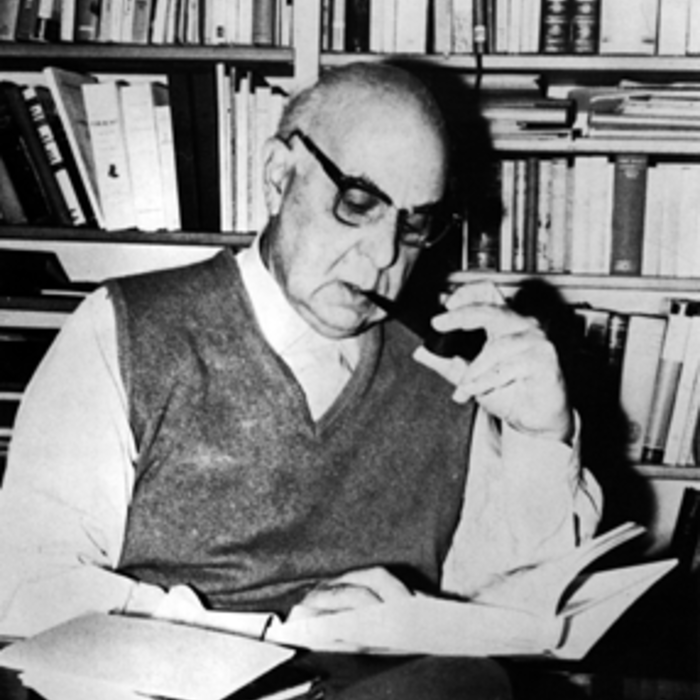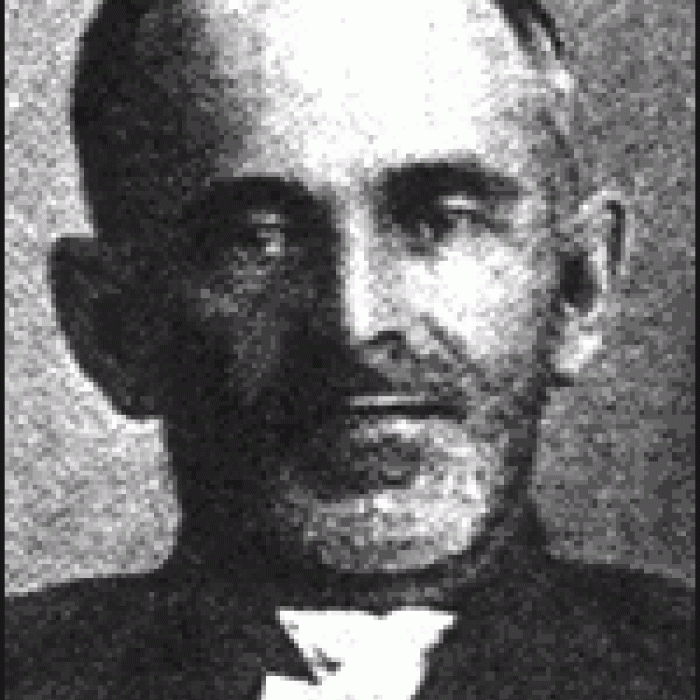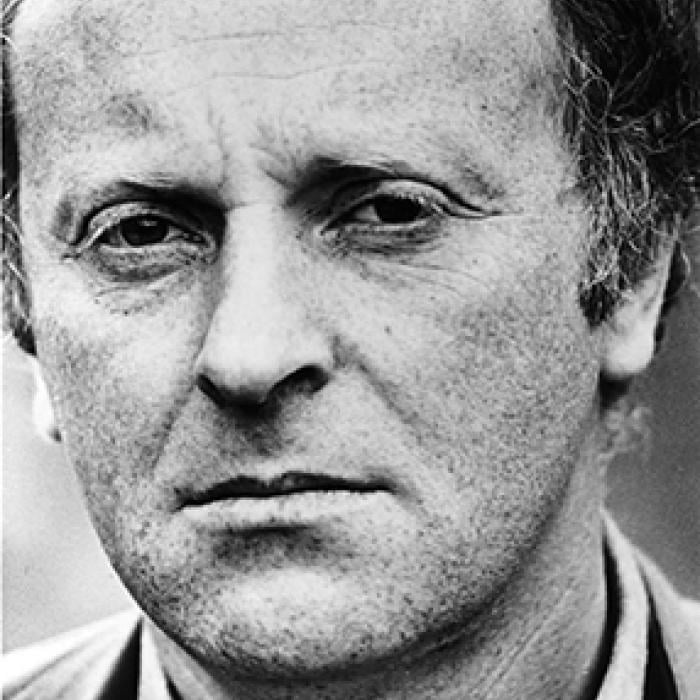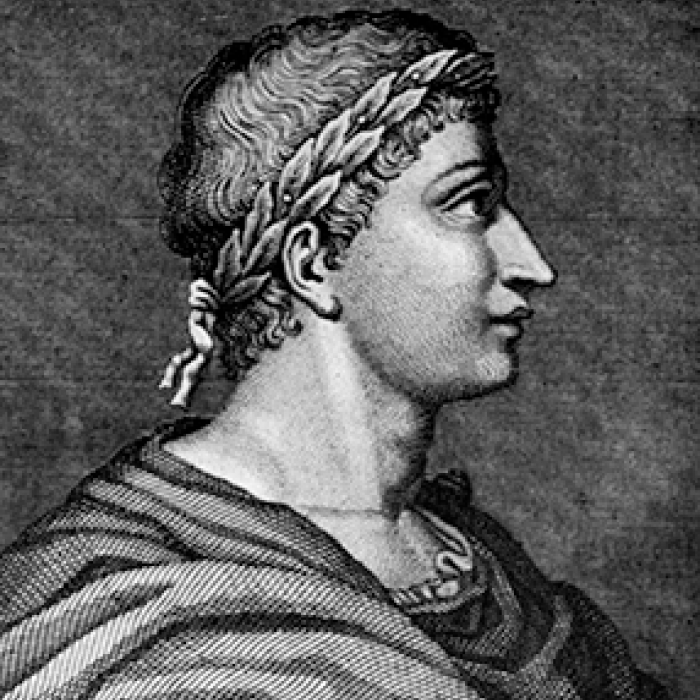César Vallejo
César Abraham Vallejo was born on March 16, 1892, and grew up in Santiago de Chuco, an isolated town in north central Peru. Vallejo’s grandmothers were Chimu people and both of his grandfathers were Spanish Catholic priests. He was the youngest of eleven children and grew up in a home saturated with religious devotion.
Vallejo entered the School of Philosophy and Letters at Trujillo University in 1910, but had to drop out for lack of money. Between 1908 and 1913, he started and stopped his college education several times, working, in the meantime, as a tutor and in the accounts department on a large sugar estate. At the sugar estate, Vallejo saw thousands of workers arrive in the courtyard at dawn to work in the fields until nightfall for a few cents a day and a fistful of rice. Seeing this devastated Vallejo and later inspired both his poetry and his politics.
In 1913, Vallejo enrolled again at Trujillo University and studied literature and law. He read voraciously about determinism, mythology, and evolution. After receiving a master’s degree in Spanish literature in 1915, Vallejo continued to study law until 1917. However, his life in Trujillo had become complicated by a tortured love affair and he moved to Lima.
Vallejo found work as the principal of a prestigious school. At night, he visited opium dens in Chinatown and hung out in the Bohemian café, where he met important literary figures of the time, including Manual Gonzalez Prada, one of Peru’s leading leftists. When Vallejo’s Los heraldos negros was published in 1919, it was received enthusiastically.
Vallejo lost his teaching post for refusing to marry a woman with whom he was having an affair. In 1920, after his mother’s death and the loss of a second teaching job, Vallejo visited his hometown. During a feud that broke out before his arrival in Santiago de Chuco, an aide to the sub-prefect was shot and the general store burned to the ground. Vallejo, who was recording an account of the shooting for the sub-prefect, was accused of being an “intellectual instigator.” In spite of protest telegrams from other intellectuals and newspaper editors, Vallejo was imprisoned for 105 days. After being released on parole, he departed for Lima.
In 1922, Vallejo published Trilce, a book written while in hiding before his arrest. Trilce placed Latin American poetry in the center of Western cultural tradition. Vallejo continued to teach while in Lima, but, in the spring of 1923, his position was eliminated. Fearing that he could still be forced to go back to jail, he accepted the invitation of his friend, Julio Gálvez, to go to Paris. Vallejo left Peru for good in June 1923.
Vallejo and Gálvez nearly starved in Paris. It wasn’t until 1925 that Vallejo found his first stable job in a newly opened press agency and began to receive a monthly grant from the Spanish government to continue his law studies at the University of Madrid. Since he was not required to stay on campus, Vallejo remained in Paris, where he continued to receive funds from the grant for two years. The grant, plus income from articles, enabled Vallejo to move into the Hotel Richelieu in 1926 and to frequent exhibitions, concerts, and cafés. He met French writers Antonin Artaud and Jean Cocteau, as well as Pablo Picasso. The somber, straightforward works Vallejo wrote during this period form a bridge between Trilce and the densely compassionate and bitter poetry he would write in the 1930s.
In 1927, he received news from home that the tribunal in charge of his old case had given orders to arrest him, which confirmed his intuition to leave Peru. He left his post at the press agency and refused further grant payments. His economic situation worsened. By 1928, he had begun to read Marxist literature and appeared to be an actively committed Communist. In September of 1928, Vallejo made the first of three trips to Russia; he returned to form the Peruvian Socialist party with other expatriates.
In January 1929, Vallejo and Georgette Philipart, whom he met soon after his arrival in Paris, moved in together. Vallejo’s Marxist studies continued, and he decided to stop publishing poetry, devoting himself instead to writing a book of Marxist theory. In 1930, Vallejo wrote his first drama. He continued to write scripts in the years to come, leaving nearly six hundred pages of unpublished material at his death.
Vallejo was arrested by the police in a Paris railroad station in December and ordered to leave France within three days. He went to Madrid where, in 1931, he wrote his only novel, El tungsteno. When the monarchy fell and the republic was proclaimed, Vallejo officially joined the Spanish Communist party and, once Rusia en 1931 was published, achieved some fame. Despite his success, however, he could not find a publisher for his new material.
In January 1932, Georgette Philipart returned to Paris to find their apartment sacked by the police. Meanwhile, Vallejo was desperately trying to establish publishing connections in Madrid. Finally obtaining a resident permit in February 1933, Vallejo left for Paris with nothing but the clothes on his back. The conditions of the permit forbade him to engage in any political activity whatsoever; the years between 1933 and 1936 are the least documented in Vallejo’s adult life.
Vallejo and Philipart married in 1934, and their financial situation took a turn for the worse. Finally, in 1936, Vallejo found a teaching position, and the Fascist uprising in Spain in July of that year inspired within him sustained creativity. Absorbed by the Loyalist anti-Fascist cause, Vallejo began to build a “popular poetry,” incorporating war reportage, while at the same time becoming more hermetic than ever before.
In July 1937, Vallejo left again for Spain, which was deep in civil war, and took part in the Second International Congress of Writers for the Defense of Culture. Among the two hundred writers attending, Vallejo was elected the Peruvian representative. While in Spain, Vallejo visited the front briefly and saw the horror with his own eyes. Back in Paris, he wrote a fifteen-scene tragedy, La piedra cansada, and then, in one sustained push, from early September to early December, fifty-two of the fifty-four poems that make up Sermón de la barbarie, along with the fifteen poems of España, aparte de mí este cálize.
In early March 1938, the years of strain and deprivation, compounded by heartbreak over Spain, as well as exhaustion from the pace of the previous year, finally took their toll. Vallejo contracted a lingering fever, and, by late March, he could not get out of bed. Despite receiving medical attention, his condition worsened. No one knew how to heal him; at one point, his wife even enlisted the help of astrologers and wizards. On the morning of April 15, the Fascists finally reached the Mediterranean, cutting the Loyalist territory in two. At more or less the same moment, Vallejo cried out in delirium, “I am going to Spain! I want to go to Spain!” and he died. The clinic records state that the cause of death was an “acute intestinal infection.” His body was interred at Montrouge, the “Communist” cemetery in southern Paris. In the 1960s, Georgette, who was living in Lima, had his remains moved to Montparnasse, where they now reside.




